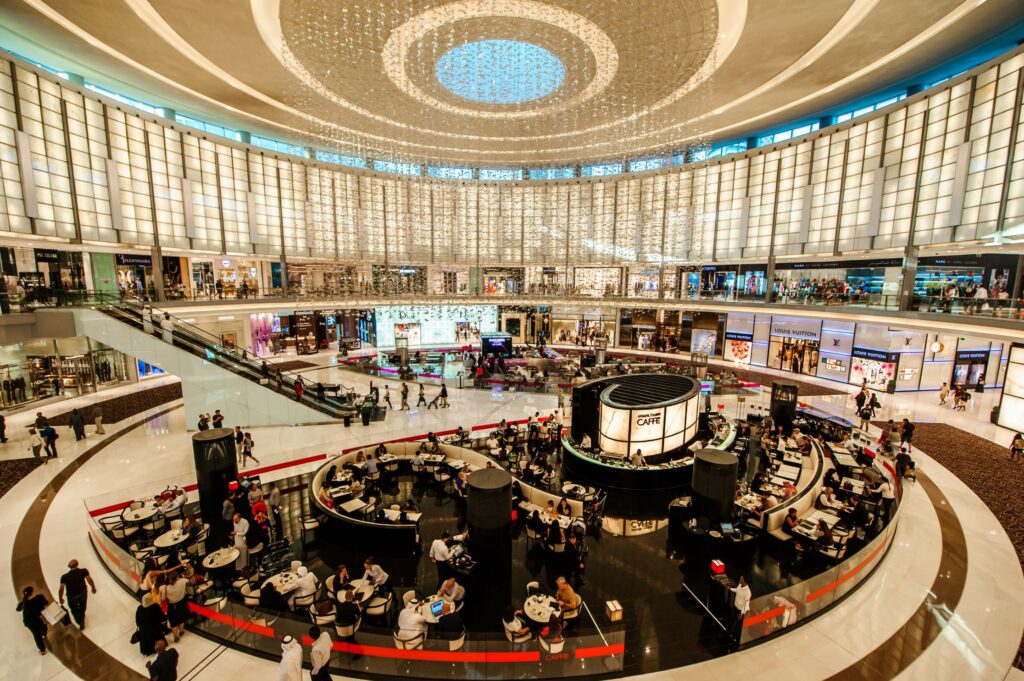
Table of Contents
ToggleThe Evolution of Late 1800 Film Lighting
Introduction
The late 1800s was a pivotal era for film lighting, marking the transition from natural to artificial light. This period laid the foundation for the complex lighting techniques used in modern cinematography. In this blog, we’ll explore the types of lighting used in the late 1800s, the invention of film lighting, how theaters were lit, and how films were shot during this era.
Also Read:- Understanding Color Object Fill
What Lighting Was Used in the 1800s?
Natural Light
In the late 1800s, filmmakers primarily relied on natural light. Outdoor shooting was preferred due to the ample sunlight, which provided the necessary illumination for early film cameras. Indoor shoots were conducted in studios with open roofs or large windows to maximize natural light exposure.
Gas Lighting
Gas lighting, invented in the early 19th century, was another source of illumination. By the mid-1800s, gas lights had become common in theaters and public spaces. They provided a steady light source but were challenging to control and posed fire hazards.
Arc Lamps
Arc lamps, introduced in the 1870s, produced a bright, steady light ideal for filming. These lamps worked by creating an electric arc between carbon electrodes, emitting intense light. However, they were cumbersome and required careful handling.
When Was Film Lighting Invented?
The concept of film lighting evolved alongside advancements in electric lighting technology. The introduction of the incandescent lamp by Thomas Edison and Joseph Swan in the late 1870s was a significant milestone. These lamps offered a more controllable and safer light source compared to gas and arc lamps.
By the early 1900s, filmmakers began experimenting with artificial lighting techniques, setting the stage for the sophisticated lighting designs used in modern cinema.
How Did They Light Theaters in the 1800s?
Theaters in the 1800s used a combination of natural, gas, and later, electric lighting. Initially, theaters relied heavily on gas lighting, which provided a consistent light source for performances. Gaslights were placed in chandeliers and along the stage to illuminate actors and sets.
With the advent of electric lighting, theaters began incorporating arc lamps and incandescent bulbs. This transition allowed for greater control over lighting effects, enhancing the visual experience for audiences.
How Did They Film in the 1800s?
Early Techniques
Filmmaking in the late 1800s was a rudimentary process compared to today. Early films were shot using natural light, often outdoors or in studios with ample sunlight. Directors had to carefully plan shoots around the availability of daylight to ensure adequate lighting.
Use of Reflectors
To enhance natural light, filmmakers used reflectors made of metal or white fabric to bounce light onto the subject. This technique helped fill shadows and create a more even lighting distribution.
Introduction of Artificial Lighting
By the late 1800s, the use of arc lamps became more common in film production. These lamps provided a powerful light source that could be used indoors, extending shooting hours beyond daylight. Filmmakers also experimented with early incandescent bulbs, which offered a more controllable light source.
FAQs About Late 1800 Film Lighting
What lighting was used in the 1800s?
Natural light, gas lighting, and arc lamps were commonly used in the 1800s. Gas lighting was prevalent in theaters, while arc lamps began to be used in film production towards the late 1800s.
When was film lighting invented?
Film lighting evolved with the invention of the incandescent lamp in the late 1870s. By the early 1900s, filmmakers started using artificial lighting techniques to enhance their productions.
How did they light theaters in the 1800s?
Theaters were initially lit using gas lamps placed in chandeliers and along the stage. With the introduction of electric lighting, theaters began using arc lamps and incandescent bulbs to provide better illumination and control.
How did they film in the 1800s?
Early films were shot using natural light, often outdoors or in studios with large windows. Reflectors were used to enhance natural light, and later, arc lamps provided a powerful artificial light source for indoor shoots.
Conclusion
The late 1800s was a transformative period for film lighting. From the reliance on natural light to the introduction of gas and electric lighting, these advancements paved the way for the sophisticated lighting techniques used in modern cinema. Understanding the history of film lighting provides valuable insights into the evolution of filmmaking and the creative possibilities that lighting brings to the visual arts





